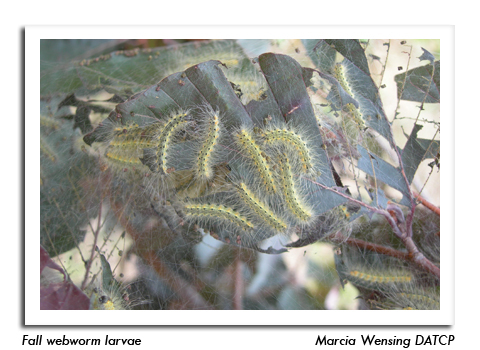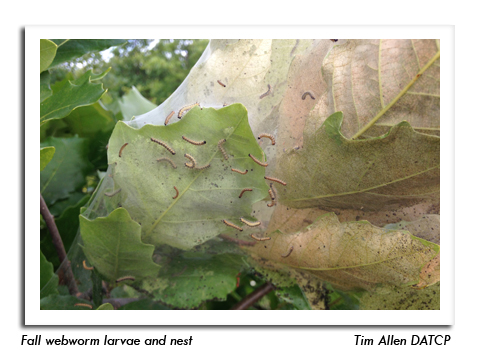
 |
|
|
Nursery & Forest
Volume 60 Number 15 Date 07/30/2015 VIRUSES IN ORNAMENTALS - Nursery inspectors collected 150 virus-symptomatic plant samples from 50 greenhouses and retailers during a March 11-June 29 survey. Each sample was tested for up to 12 host-appropriate viruses. Of the 150 samples, 75 (50%) were infected with at least one plant virus. Tobacco rattle virus was the most common virus, with 44 of 85 samples testing positive (52%). More than half of the TRV-positive samples were the bleeding heart varieties 'Alba', 'Pink' and 'Valentine', whereas the fern-leaf bleeding hearts 'King of Hearts', 'Love Hearts' and 'Luxuriant' all tested negative for TRV. Several other viruses were also detected. Hosta virus X was diagnosed in seven of 12 hosta plants tested (58%), and potyviruses were found in 15 of 30 samples (50%), on the hosts canna, iris, lily and sedum. Impatiens necrotic spot virus was diagnosed in 6 of 41 begonia samples, for a 15% positive rate. Testing for alfalfa mosaic virus, Arabis mosaic virus, tobacco mosaic virus and tomato spotted wilt virus yielded negative results. Additional testing of petunias for tomato chlorotic dwarf viroid (TCDVd) found 10 of 42 plants to be positive (24%). The TCDVd-infected petunias were all 'Peppy Lavender', while 'Johnny Flame', 'Peppy Red', 'Queen Bee', 'Royal Velvet', 'Supertunia', 'Sweetunia' and the other varieties tested negative. Greenhouse producers, nurseries and retailers cooperated with nursery inspectors by removing all virus-infected plant materials from sale. -- Anette Phibbs, DATCP Plant Pathologist OAK GALLS - Nursery inspections in the past week found an assortment of galls on oak, including oak cynipid galls, oak flake galls and noxious oak galls. Galls are abnormal outgrowths of plant tissue caused by insects, fungi, bacteria, nematodes or mites. These growths may develop on any plant part, but most commonly occur on the branches and leaves. Chemical treatment should be timed to control the adult stage, if justified. Pruning and destroying infested plant parts are the preferred control methods. FALL WEBWORM - Nests or webs made by fall webworm larvae were noted this week on oak trees in a Jefferson County nursery. These characteristic webs appear later in the season than those of other web or tent making larvae in Wisconsin (e.g., eastern tent caterpillar and forest tent caterpillar). The larvae and their tents are primarily an aesthetic problem that can be easily controlled by manual removal or pruning. STEM AND BULB NEMATODE - The DATCP Plant Industry Laboratory has confirmed the second Wisconsin detection of the stem and bulb nematode, Ditylenchus dipsaci, an economically serious plant parasitic nematode that infests a wide range of agricultural crops and ornamentals, and is of particular concern to garlic growers. The nematode was discovered in phlox 'White Delight' in a Waukesha County nursery. This follows a previous nursery detection of stem and bulb nematode in Jefferson County in 2013, also on phlox. Stem and bulb or bloat nematode completes its life cycle in stems, bulbs and leaves of hosts, causing distortion and discoloration of shoots, and rotting of bulbs, tubers and rhizomes. The nematode can survive in dried plant debris, seed and in soil, making control very difficult to achieve. Good sanitation practices and removal and destruction of all infested plant material are critical. DATCP nursery inspectors are conducting additional inspections to follow up on this current detection. -- Ellen Natzke, DATCP Nursery Inspector 




|
|
|